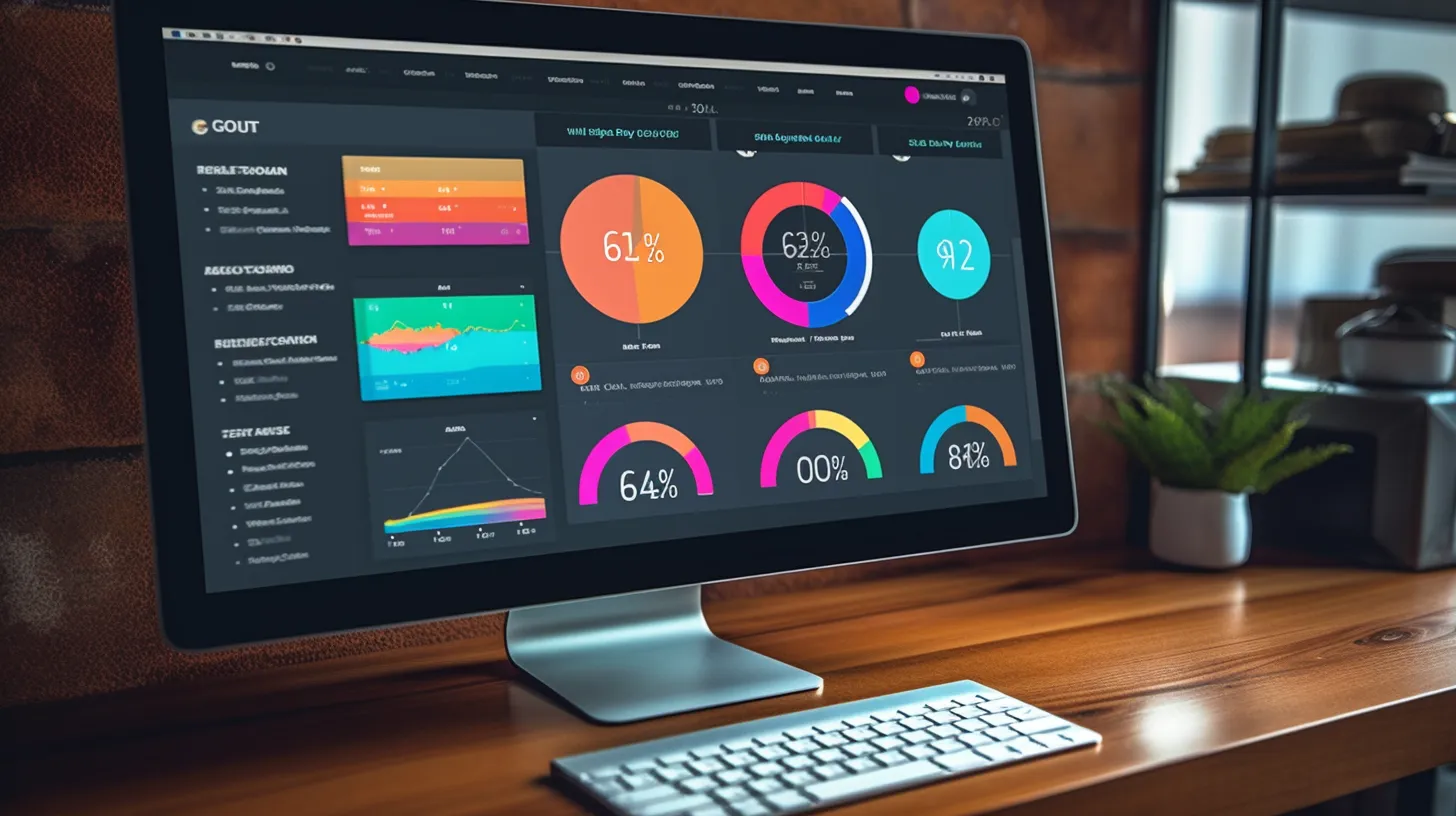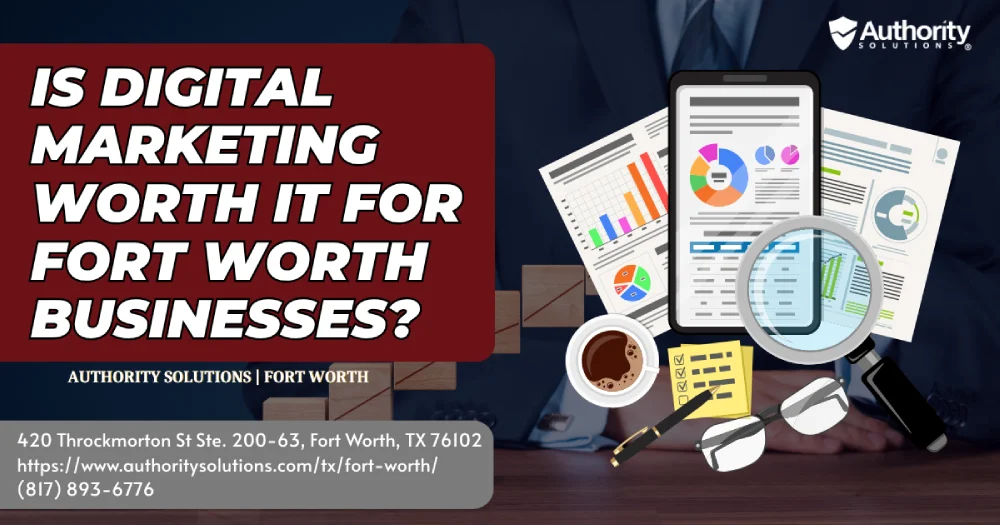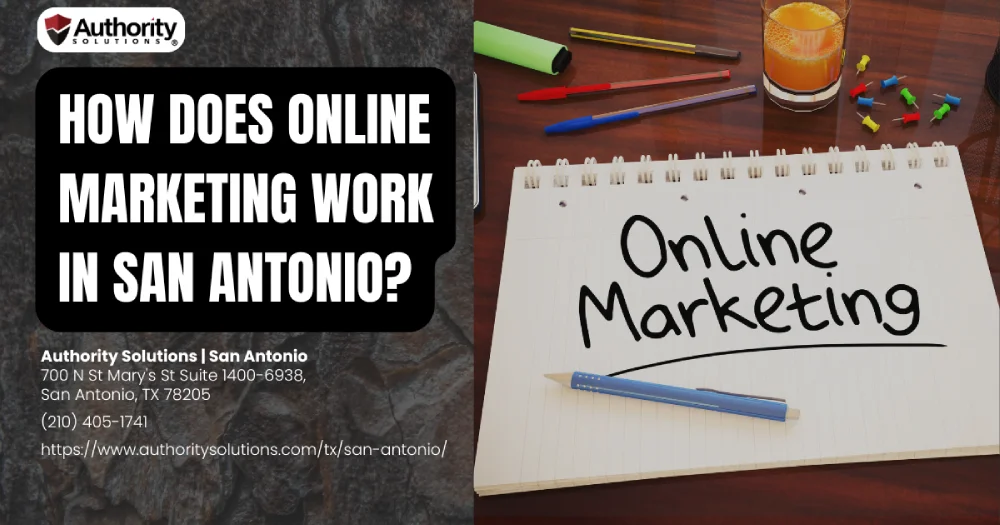Maximizing Customer Engagement: Email Automation In Internet Marketing Services
Are you looking to take your internet marketing services to the next level? If so, email automation may be just what you need. With email automation, you can streamline your communication with customers and maximize engagement.
Email automation involves setting up a series of automated emails that are triggered by specific actions or events. This allows you to send personalized messages at the right time, without having to manually send each one. The benefits of email automation are numerous: it saves time and resources, increases customer engagement and retention, and ultimately drives more sales. In this article, we'll explore how to set up an email automation campaign and best practices for maximizing its effectiveness. With these tips in hand, you'll be well on your way to mastering the art of customer engagement through email automation.
Understanding Email Automation and Its Benefits
You'll love how email automation can save you time and increase customer engagement by sending personalized messages at just the right moment. With email automation, you can set up a series of emails to be sent automatically based on triggers such as sign-ups or purchases. This means you don't have to manually send each email, saving you valuable time.
In addition to time-saving benefits, email automation also allows for increased personalization and relevance in your messages. By segmenting your audience and tailoring specific messages based on their behaviors and interests, you can send more targeted communications that resonate with your customers. This leads to higher open rates, click-through rates, and ultimately more conversions.
By implementing an effective email automation strategy, you can improve your overall internet marketing efforts while freeing up resources for other important tasks. Setting up an email campaign may seem daunting at first, but with the right tools and guidance, it can be a straightforward process that yields great results for your business.
Setting up an Email Automation Campaign
To set up an email automation campaign, it's important to choose the right platform for your business needs. There are several email marketing automation tools available in the market, and each has its own unique features and capabilities. Before deciding on a platform, consider the size of your subscriber list, the type of content you plan to send out regularly, and your budget.
Once you have chosen a platform that suits your needs, it's time to create a plan for your email automation campaign. Start by defining your goals and objectives for the campaign. This will help you determine what types of emails to send out, how often to send them, and who should receive them. You should also segment your audience based on their interests or behavior so that you can tailor your messages accordingly.
After setting up your plan, it's time to start creating content for your automated emails. Keep in mind that these messages need to be engaging and relevant to keep subscribers interested in opening them. Use eye-catching subject lines and personalize messages whenever possible. Don't forget to test different variations of content and messaging as part of ongoing optimization efforts.
To ensure success with email automation campaigns, there are best practices you must follow beyond just setting up the campaign itself. One key practice is regularly monitoring performance metrics like open rates, click-through rates, and conversion rates so that you can make adjustments if necessary. Additionally, avoid bombarding subscribers with too many emails or irrelevant information - this could lead them to unsubscribe from future communications. By following these practices and constantly refining strategies over time based on data-driven insights, businesses can maximize customer engagement through effective email automation campaigns without sacrificing quality or personalization in messaging.
Best Practices for Email Automation
To maximize the effectiveness of your email automation campaigns, there are several best practices that you should follow. First and foremost, pay attention to timing and frequency. You want to strike a balance between keeping your customers engaged without overwhelming them with too many emails. Additionally, utilize A/B testing to experiment with different strategies and see what works best for your audience. Finally, make sure to continuously monitor and improve upon your campaigns based on data and feedback from your subscribers.
Timing and Frequency
Optimizing the timing and frequency of automated emails can significantly increase customer engagement in internet marketing services. Sending too many emails can lead to customers feeling overwhelmed, causing them to unsubscribe or mark your messages as spam. On the other hand, sending too few emails may result in customers forgetting about your brand altogether.
To ensure that you are sending the right number of emails at the right time, consider these three tips:
- Segment your audience: Tailor your email campaigns to specific groups based on their behavior or interests. This way, you can send targeted messages that are more likely to resonate with each group.
- Consider time zones: If you have a global audience, be mindful of different time zones when scheduling your automated emails. You don't want customers receiving messages from you at an inconvenient hour.
- Test and analyze: Use data analytics tools to track how often customers are opening and engaging with your automated emails. Experiment with different frequencies and times until you find the sweet spot for each segment.
Now that you understand the importance of timing and frequency in email automation, let's move onto another important aspect of maximizing customer engagement - A/B testing.
A/B Testing
A/B testing is a valuable tool for improving the effectiveness of automated email campaigns. By randomly dividing your email list into two groups and sending different versions of your emails to each group, you can determine which version performs better. This type of testing allows you to identify the elements that are most engaging to your audience, such as subject lines, calls-to-action, or images.
When conducting A/B tests, it's important to only change one variable at a time so that you can accurately measure the impact of that particular element on your campaign's performance. Additionally, it's essential to have a large enough sample size in each group to ensure reliable results. With A/B testing as part of your email marketing strategy, you can continuously improve and refine your campaigns based on data-driven insights from real users.
Transitioning into the next section about continuous improvement: By using A/B testing in combination with other optimization techniques like timing and frequency adjustments, you can create highly effective automated email campaigns that maximize customer engagement.
Continuous Improvement
Keep improving your email campaigns by analyzing data and making small changes that can have a big impact on audience engagement. Here are some tips to help you continuously improve your email automation strategy:
- Keep track of your open rates, click-through rates, and conversion rates to get a better understanding of what is working and what isn't.
- Experiment with different subject lines, calls-to-action, and content to see how it affects engagement.
- Use segmentation to send more targeted emails based on subscriber behavior or demographics.
- Regularly review and update your email list to make sure you are sending relevant content to engaged subscribers.
By continuously improving your email campaigns, you will increase engagement with your audience and ultimately achieve better results from your internet marketing services. In the next section, we will discuss how to measure the success of your email automation campaign without relying solely on open rates or click-through rates.
Measuring the Success of Your Email Automation Campaign
When it comes to tracking the effectiveness of your email automation campaign, there are a few key metrics you should be paying attention to. The first is open rate, which measures how many people actually opened your email. If your open rate is low, it could mean that your subject line needs improvement or that your audience isn't interested in the content of the email.
The second metric to monitor is click-through rate (CTR), which measures how many people clicked on a link within your email. This number can give you insight into whether or not your content is engaging enough to prompt action from readers. Additionally, by tracking CTR, you can see which links are most popular and use that information to inform future campaigns.
Lastly, conversion rate measures how many people completed a desired action after clicking through from an email. This could be anything from making a purchase to signing up for a newsletter. Tracking conversion rates allows you to see how effective your calls-to-action are and adjust them accordingly for better results.
By monitoring these three key metrics, you'll have a better understanding of the success of your email automation campaign and be able to make informed decisions about future campaigns. In the next section, we'll take a look at some examples of successful email automation campaigns and what made them effective without writing 'step'.
Examples of Successful Email Automation Campaigns
If you're looking for inspiration on how to create a successful email automation campaign, look no further than these three examples. The Welcome Series is a great way to introduce new subscribers to your brand and set the tone for future communications. Abandoned Cart Reminders can help recover lost sales by reminding customers of items left behind in their online shopping cart. Finally, Post-Purchase Follow-Ups show customers that you care about their experience and encourage them to return for future purchases.
Welcome Series
The Welcome Series is a crucial element of any successful email automation strategy, as it sets the tone for the entire customer journey. Here are four key components to consider when creating an effective Welcome Series:
- Personalization: Address your subscribers by name and create content that resonates with their interests.
- Introduction: Introduce your brand and explain what subscribers can expect from your emails.
- Incentives: Offer exclusive discounts or freebies to encourage engagement and build loyalty.
- Call-to-action: Include a clear call-to-action in each email, encouraging subscribers to take action.
By implementing these four elements, you can create a personalized and engaging experience for your new subscribers, increasing the likelihood of continued engagement with your brand. In the next section, we will discuss another important component of email automation - abandoned cart reminders.
Abandoned Cart Reminders
Don't miss out on potential sales - use abandoned cart reminders to recover lost revenue and boost your ecommerce business. Abandoned carts are a common phenomenon in the ecommerce world, where customers add items to their cart but never complete the purchase. With abandoned cart reminders, you can send automated emails to remind customers of their incomplete purchase and encourage them to take action.
These emails can be personalized with product recommendations, discounts, or a sense of urgency using limited-time offers. By reminding customers of their abandoned carts, you not only have the opportunity to recover lost sales but also build customer loyalty by showing that you care about their shopping experience. Once customers make a purchase, it's important to continue engaging with them through post-purchase follow-ups.
Transition: These follow-ups can help ensure customer satisfaction and increase repeat purchases.
Post-Purchase Follow-Ups
After you make a purchase, it's important to keep in touch with your customers and show them that you value their business. One way to do this is through post-purchase follow-ups. These emails can provide an opportunity for you to thank the customer for their purchase, ask for feedback on the product or service they received, and offer related products or services that might interest them.
Post-purchase follow-ups can also help build brand loyalty by showing customers that you care about their satisfaction beyond just making a sale. By engaging with customers after they've made a purchase, you have the chance to create a positive experience that can lead to repeat business and valuable word-of-mouth referrals. So next time someone buys from your company, don't forget to send a thoughtful and personalized post-purchase follow-up email!
Frequently Asked Questions
What are some common mistakes to avoid when setting up an email automation campaign?
Avoid common mistakes when setting up email automation campaigns by personalizing content, segmenting your audience, using clear and concise subject lines, avoiding spam triggers, and testing before launching.
Can email automation be used for other forms of marketing besides internet marketing services?
Yes, email automation can be used for various forms of marketing such as event promotion, lead nurturing, and customer retention. It's a cost-effective way to streamline campaigns and improve communication with your target audience.
How can you ensure that your automated emails are personalized and relevant to each individual customer?
To ensure personalized and relevant automated emails, segment your audience based on behavior and preferences. Use dynamic content that adapts to each individual's interests. Test and refine your messages regularly for optimal results.
What are some effective ways to segment your email list for better targeting in automation campaigns?
Segmenting your email list can help you target customers with personalized content. Consider demographics, behavior, interests, and purchasing history. Use this information to create tailored campaigns that resonate with your audience and drive engagement.
Are there any legal requirements or regulations that businesses should be aware of when implementing email automation?
To comply with legal requirements, businesses must obtain consent for email marketing, include an opt-out option, and provide clear identification of the sender. Failure to do so can result in penalties and damage to reputation.
Conclusion
Congratulations! You have now learned the importance of email automation in maximizing customer engagement for your internet marketing services. By setting up an effective email automation campaign, you can save time and effort while also improving communication with your customers.
To ensure success, it is important to follow best practices such as segmenting your audience, personalizing your messages, and testing different strategies. Additionally, measuring the success of your email automation campaign through metrics such as open rates, click-through rates, and conversion rates can help you make informed decisions about future campaigns.
Remember that there are many successful examples of email automation campaigns out there that you can draw inspiration from. By incorporating these techniques into your own strategy, you can build stronger relationships with your customers and ultimately drive more business to your internet marketing services. So why wait? Start implementing email automation today and see the results for yourself!









